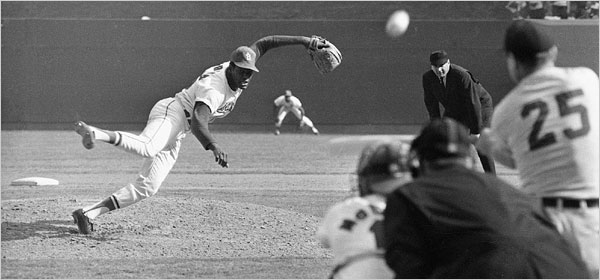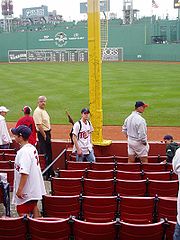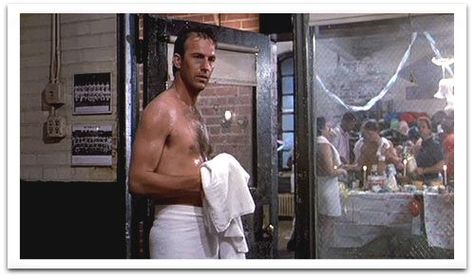and here's the pitch
 Wednesday, March 23, 2011 at 7:33AM
Wednesday, March 23, 2011 at 7:33AM  Um, I seem to have been absent from my digital home for quite some time. For this, Gentle Readers, I humbly apologize.
Um, I seem to have been absent from my digital home for quite some time. For this, Gentle Readers, I humbly apologize.
It's hard to think of meaningful things to write when your work days are crammed with one thing or another, and are of unpredictable length, and spare time is at a premium. It's been a very busy and productive time, which has seen us work on several RFPs.
New business pitches are always fun but always tough. Fun because they're the only time you get to approach each potential client's business in the way you think it should be done. It's the ideal opportunity to push things. I like to say in these presentations something to the effect of: "You're going to see things that are wrong, because obviously we haven't worked with your brand standards. But hopefully we can ignore those infractions and focus on the thinking..." For the most part, potential clients are always happy to play "what if" and see their brand and consumer through a new light. Which is good, because that's exactly how you want to work with them.
But you have to be prepped and confident to do that, and that's what takes the late nights and weekends. Just because you're rolling the dice in a pitch doesn't mean that you're going in with wacky shit; it means that everything has to work together – consumer insight, strategy, creative, media, production. And that takes time, and meetings, and refining the work (okay, going back to square one a few times) and getting everyone's buy in.
I'm sure there's a tidy but still somehow fresh baseball metaphor for all this that I should be using, but I can't find it at the moment. Instead, thought I'd keep it simple with an incredible image of Bob Gibson, maybe the toughest, most intimidating pitcher there's ever been. He wouldn't hesitate to knock down Don Draper.
 Bob Gibson,
Bob Gibson,  Don Draper,
Don Draper,  RFPs,
RFPs,  baseball,
baseball,  pitches
pitches 
